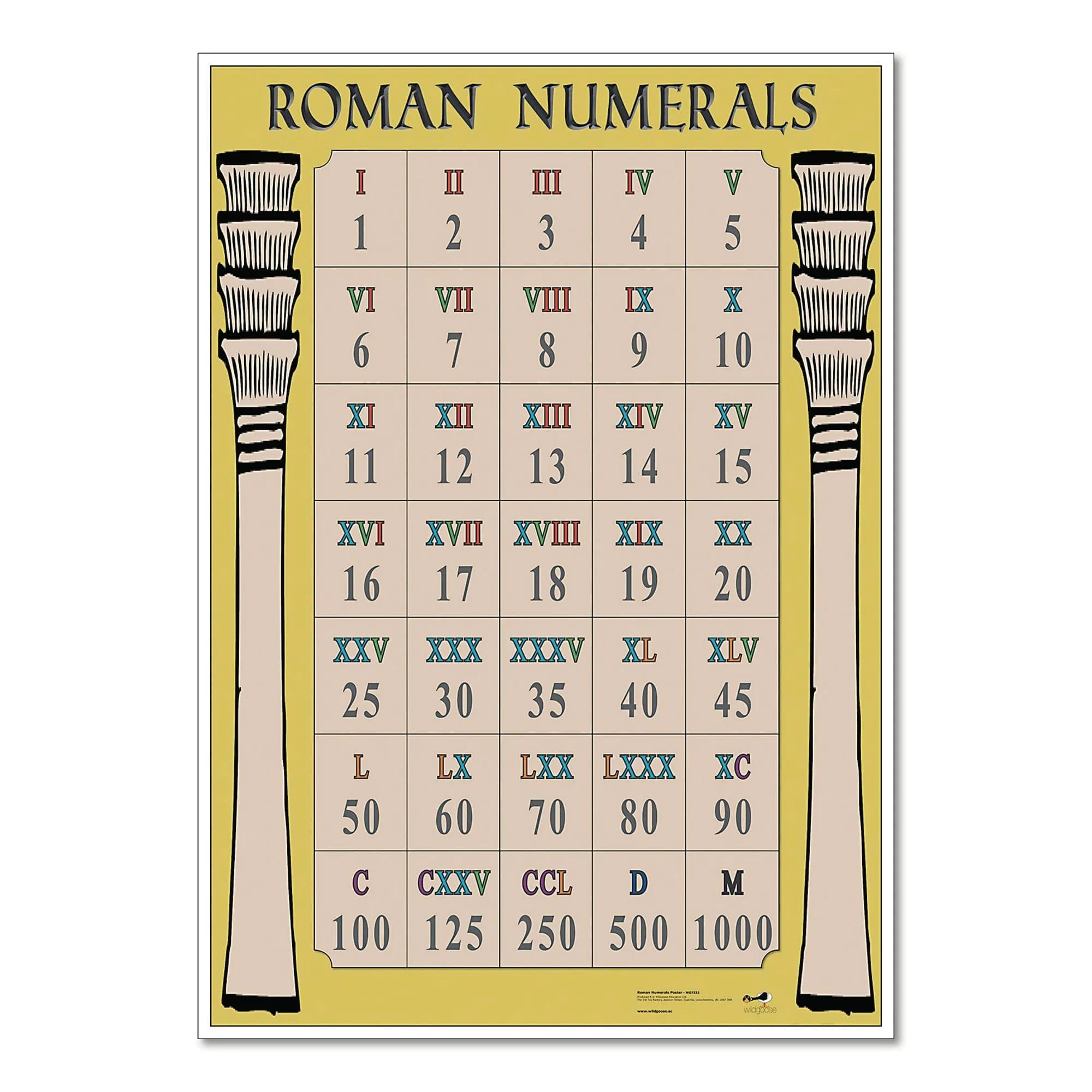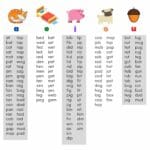Instantly copy and paste Roman numerals from 1 to 100,000+ with a single click using our comprehensive charts and tools. Whether you’re crafting a stylish outline, referencing a Super Bowl, or adding a touch of classic style, this guide provides everything you need to know about using Roman numerals.
Quick Copy Solutions (1-100,000+)
Need Roman numerals right now? This section offers readily available lists and tools for quick copying. Sites like instantcopypaste.com and textcopyandpaste.org (if they exist) likely offer “one-click copy” functionality for Roman numerals up to 100,000 and beyond. Here are some examples for common ranges:
| 1-10 | 11-20 | 21-30 |
|---|---|---|
| I, II, III, IV, V, VI… | XI, XII, XIII, XIV, XV… | XXI, XXII, XXIII, XXIV… |
For larger values (100-1000, 1000-10,000, etc.), these sites probably provide extended lists or search functionality.
Streamlined Copying Methods
This section explores several efficient ways to copy and paste Roman numerals, catering to various needs and preferences.
Direct Symbol Selection
Websites like i2symbol.com and symbolcopy.com (should they exist) may offer clickable Roman numerals. Select the numeral, and it’s copied to your clipboard, ready for pasting with Ctrl+V (Windows/Linux) or Cmd+V (Mac). On mobile, it’s typically a long-press to copy and paste.
Font Generators
Want stylized Roman numerals? Font generators (searchable via “Roman numeral font generator”) can create numerals in various fonts. Type your text, and the generator converts it into stylized Roman numerals, ready for copy-pasting. A site like fancyfonts.top (if it exists) might offer this service.
Roman Numeral Basics
Roman numerals (I, V, X, L, C, D, M) are an ancient number system: I = 1, V = 5, X = 10, and so on. They’re like a historical code. Let’s explore the core principles.
Decoding the Symbols
| Roman Numeral | Value |
|---|---|
| I | 1 |
| V | 5 |
| X | 10 |
| L | 50 |
| C | 100 |
| D | 500 |
| M | 1000 |
Principles of Combination
- Additive: A larger numeral followed by a smaller one adds the values (VI = 6).
- Subtractive: A smaller numeral before a larger one subtracts its value (IV = 4, IX = 9).
- No Zero: Roman numerals lack a symbol for zero.
Advanced Roman Numerals
Standard Roman numerals have limitations, typically stopping around 3999. Research suggests extensions exist, like the vinculum (a line above a numeral) to denote larger numbers. For such advanced notations, further research may be necessary.
Using Roman Numerals on Your Phone
Copying and pasting on mobile is simple: long-press the numeral, select “copy,” go to your destination, and long-press to paste.
Typing Roman Numerals
You can type many Roman numerals directly using keyboard letters (I, V, X, L, C, D, M). Capitalization is conventional. This method typically works up to 3999.
ALT Codes (Windows) & Option Codes (Mac)
For extended characters, Windows uses ALT codes (e.g., ALT+8571 for ⅻ), and Mac uses Option codes (e.g., Option+2168 for ↈ). Online resources list these codes.
Spreadsheet Functions
Spreadsheets like Excel and Google Sheets utilize the =ROMAN() function to convert numbers into Roman numerals (e.g., =ROMAN(2024) becomes MMXXIV). These functions usually have an upper limit.
Unicode: The Comprehensive Solution
For rare or complex Roman numerals, Unicode is your ultimate resource. Search for the Unicode character online, copy, and paste.
Avoiding Common Errors
IIII is not 4; it’s IV. Understanding subtractive notation is crucial. This guide aims to prevent such common mistakes.
Real-World Applications
Roman numerals appear in various contexts, adding a classic touch:
- Clock Faces
- Book Chapters and Outlines
- Movie Copyrights and Official Documents
- Major Events (Super Bowl, Olympics)
Accessibility Considerations
When using Roman numerals online, consider accessibility for users with visual impairments. Suitable font sizes and alternative text descriptions are crucial.
Comparing Copy-Paste Resources
This table compares various resources, empowering you to choose the best tool:
| Feature | Pre-made Lists | Symbol Keyboards | Font Generators |
|---|---|---|---|
| Range | Typically up to 1-100,000 (or higher) | Varied | N/A (converts regular numbers) |
| Ease of Use | Extremely easy | Very easy | Easy |
| Font Options | Usually limited | Usually limited | Many font choices |
| Pros | Quick, simple, large range | Direct selection, visually clear | Styling options |
| Cons | May lack specific fonts | May have limited range | May require extra steps |
This table includes example sites like instantcopypaste.com, symbolcopy.com, and fancyfonts.top, though their actual existence and features are not guaranteed. It also highlights a key difference with a site like RapidTables.com, which provides a chart but lacks direct copy-paste functionality.
Roman Numerals in Music Theory
The sequence II, V, I (and variations like ii, iii, iv, etc.) often represents chord progressions in music theory. For instance, in C major, II represents a D minor chord, V a G major chord, and I a C major chord. Unlock the secrets of musical expression with these solfege hand signs.
This enhanced guide aims to be more comprehensive and user-friendly, covering various aspects of copying, pasting, understanding, and using Roman numerals. The information presented is based on current understanding and may be subject to further research and discoveries.
- Red Cloud, NE: Discover Willa Cather’s Legacy - April 11, 2025
- Remember Old Social Media Sites? Their Rise and Fall - April 11, 2025
- How many days till Feb 3?Accurate Countdowns & Tools - April 11, 2025

















1 thought on “Copy and Paste Roman Numerals: A Complete Guide (with Symbols & Examples)”
Comments are closed.